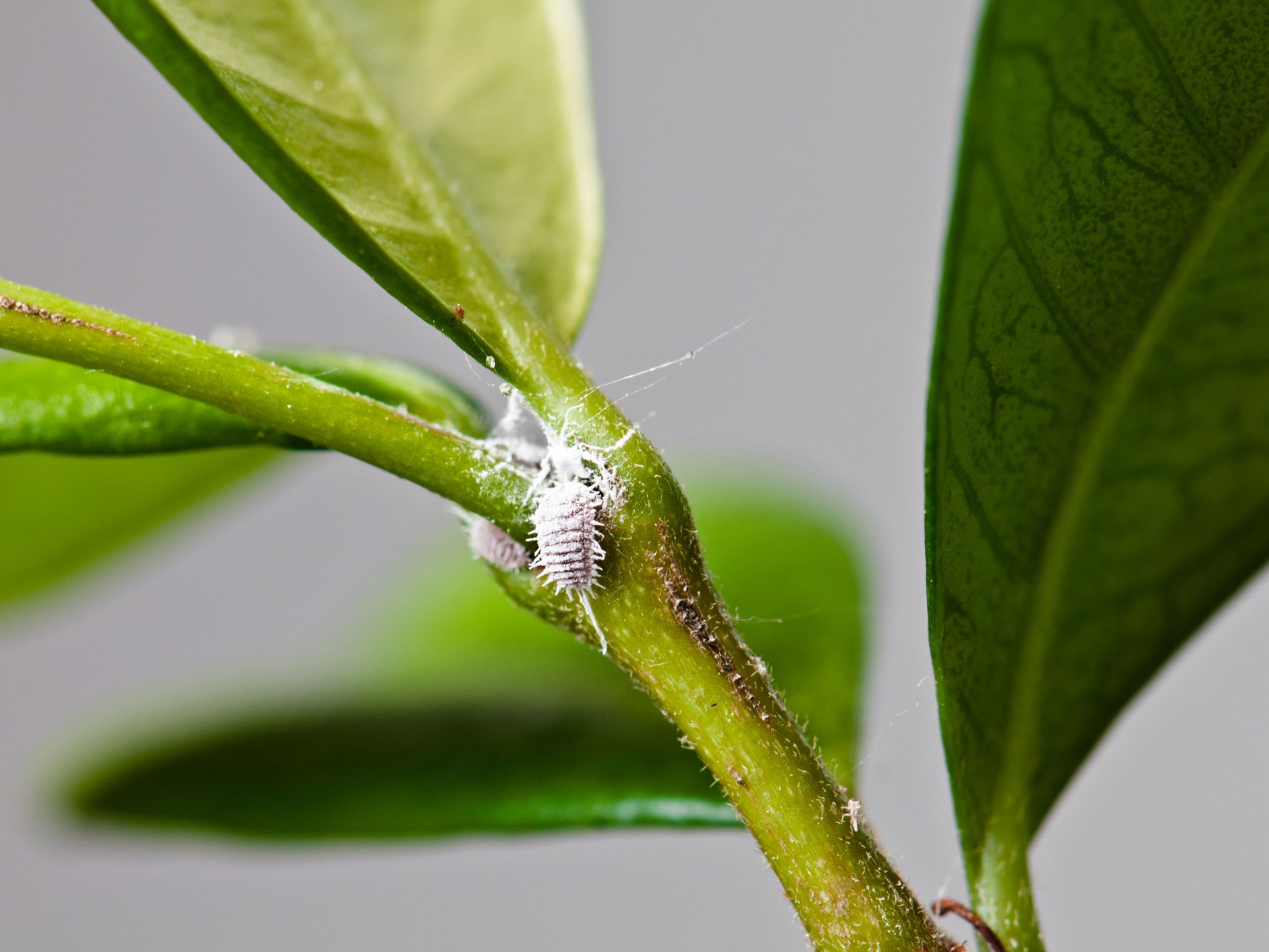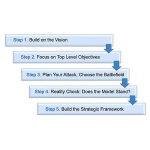Whether sticky leaves or dried-up plants, this will tell you how to identify pests on indoor plants and what to do about the most common species.
How Do Pests Develop On Indoor Plants In The First Place
In principle, indoor plants are a little more protected from pests than outdoor plants, but infestation also occurs again and again indoors. This has nothing to do with the hygiene or cleanliness in your own four walls: Annoying invasive species or insects get into the apartment in different ways and thus to the plants:
- You have already been to the plant nursery and in the potting soil.
- They were brought in through clothing, for example, by taking a walk in the woods or the fields.
- They were brought in by domestic animals such as dogs and cats.
- You came in through open windows or doors.
- Weak plants are more likely to be attacked than healthy plants. Therefore, you should ensure that your indoor plants are in an optimal location and that they are adequately cared for.
- You should also check the houseplant for pests when you buy it, and if in doubt, do not take it home with you. First, let new plants stand in isolation from other plants for a while to make sure they are healthy and free from pests.
- You can sterilize potting soil and substrate to kill larvae and eggs of pests before repotting. Put the soil on a baking sheet and spray it generously with water. Then heat it in the oven at 120 ° C for 30 minutes.
Signs Of Pests On House Plants
How an infestation manifests itself, of course, always depends a little on which pest has attacked your plant. Some pests (e.g., aphids) can be seen relatively easily with the naked eye. However, other signs generally indicate a pest infestation:
- Leaf Discoloration: Any discoloration can be a sign of parasites. A black, sooty coating could be sooty, for example. This fungus occurs mainly where pests secrete their honeydew. Other causes can also be a lack of water, care errors, or plant diseases.
- Deformed Or Curled Parts Of Plants: This type of plant behavior is caused by some pests and is always a warning sign.
- Sticky Leaves: This can be the so-called honeydew that various insects excrete.
- Webbing/Cobwebs: Normal cobwebs do no damage to the plant. However, if the webs are tangled and white, woven around a leaf, or populated by many small white dots, it is very likely that they are mealybugs or spider mites.
- Flight Of Mosquitoes: When the plant or the container is touched, numerous tiny mosquitoes fly up – a clear sign of a pest infestation.
Control Pests On Indoor Plants
Unfortunately, no remedy works equally against all pests. Still, there are a few tips on pest control service that you can follow in many cases:
- Isolate the diseased plant and place it away from other plants to prevent the infestation from spreading.
- If possible, collect or wipe the pests and remove diseased leaves as long as not too many leaves are affected.
- Rinse sturdy plants with water to remove pests.



















